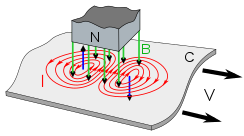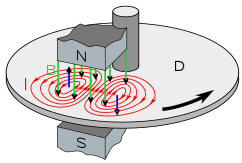Charles Perdue
Well-Known Member
- Joined
- Oct 8, 2005
- Messages
- 2,177
Much very good info in this article. I used it a lot when building my dyno. Mr. Lohring also helped me by emails when sizing the inertia wheel."Sounds great! I will start a dyno build in the new year using the information you have provided here and also all the information Jim Allen shared. "
Ricky, you might also be interested in my dyno article in the NAMBA Propwash. Mike Bontoft and I have mado over a thousand runs on it over the years.
Lohring Miller











































